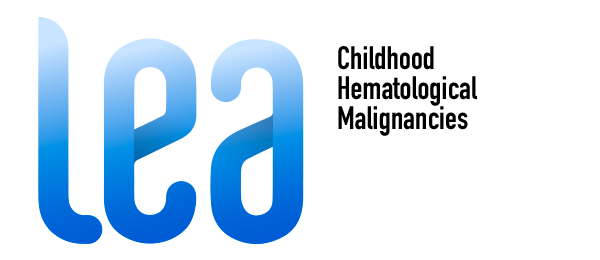Claire Oudin, Julie Berbis, Yves Bertrand, Camille Vercasson, Frédérique Thomas, Pascal Chastagner, Stéphane Ducassou, Justyna Kanold, Marie-Dominique Tabone, Catherine Paillard, Marilyne Poirée, Dominique Plantaz, Jean-Hugues Dalle, Virginie Gandemer, Sandrine Thouvenin, Nicolas Sirvent, Paul Saultier, Sophie Béliard, Guy Leverger, André Baruchel, Pascal Auquier, Bruno Pannier, and Gérard Michel.
Haematologica. 2018 Apr;103(4):645-654.
https://pubmed.ncbi.nlm.nih.gov/29351982/
The prevalence of the metabolic syndrome among adults from the French LEA childhood acute leukemia survivors’ cohort was prospectively evaluated considering the type of anti-leukemic treatment received, and compared with that of controls. The metabolic profile of these patients was compared with that of controls. A total of 3203 patients from a French volunteer cohort were age- and sex-matched 3:1 to 1025 leukemia survivors (in both cohorts, mean age: 24.4 years; females: 51%). Metabolic syndrome was defined according to the National Cholesterol Education Program’s Adult Treatment Panel III criteria. Metabolic syndrome was found in 10.3% of patients (mean follow-up duration: 16.3±0.2 years) and 4.5% of controls, (OR=2.49; P<0.001).
Patients transplanted with total body irradiation presented the highest risk (OR=6.26; P<0.001); the other treatment groups also showed a higher risk than controls, including patients treated with chemotherapy only. Odd Ratios were 1.68 (P=0.005) after chemotherapy only, 2.32 (P=0.002) after chemotherapy and cranial irradiation, and 2.18 (P=0.057) in patients transplanted without irradiation. Total body irradiation recipients with metabolic syndrome displayed a unique profile compared with controls: smaller waist circumference (91 vs 99.6 cm; P=0.01), and increased triglyceride levels (3.99 vs 1.5 mmol/L; P<0.001), fasting glucose levels (6.2 vs 5.6 mmol/L; P=0.049), and systolic blood pressure (137.9 vs 132.8 mmHg; P=0.005).
By contrast, cranial irradiation recipients with metabolic syndrome had a larger waist circumference (109 vs 99.6 cm; P=0.007) than controls. Regardless of the anti-leukemic treatment, metabolic syndrome risk was higher among childhood leukemia survivors. Its presentation differed depending on the treatment type, thus suggesting a divergent pathophysiology.

